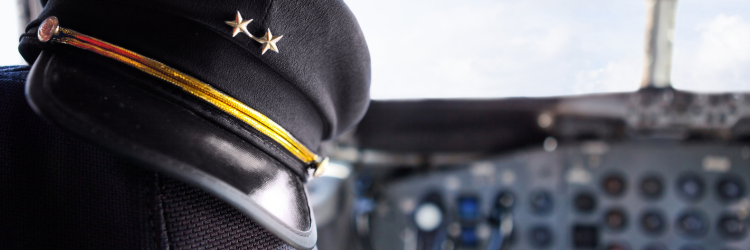I’m flying soon and had to ponder if I’d be up to flying with Pibot or the airline pilot I know nothing about.
A team of engineers and researchers from the Korea Advanced Institute of Science & Technology (KAIST) is developing a humanoid robot that can fly aircraft without the need for cockpit modifications. “Pibot is a humanoid robot that can fly an aeroplane just like a human pilot by manipulating all the single controls in the cockpit, which is designed for humans.” It has an outrageously large memory and can memorize all of the Jeppesen navigation charts, an impossible task for human pilots.
The robot uses high-precision technology to operate the flight instruments with its hands and fingers. External cameras allow it to monitor the current state of the aircraft, and the internal cameras help it manage essential switches on the control panels.
A single pilot can operate different planes, but each requires them to take another qualification test. The research team says Pibot “understands” and memorizes manuals originally written for humans thanks to recent advances in large language models (LLM).
“We had our predecessor of a pilot robot in 2016. At the time, we didn’t have good AI technology, so what we built was a simple robot. They cannot really learn anything from the literature or the manual. But recently with ChatGPT or with other large language model systems, the technology made paramount progress,” Shim explained.
Thanks to LLM, Pibot is expected to operate error-free flights and react far quicker than its human counterparts in emergencies.
It can memorize aircraft operation and emergency manuals (QRH, an in-cockpit manual for the flight crew to refer to in case of in-flight problems) and respond immediately. It can also calculate a real-time safe route based on the airborne aircraft’s status.
While using ChatGPT, the research team is also developing and testing its own natural language model so that Pibot can make queries without relying on an Internet connection. Pibot can also be plugged into aircraft to communicate with them directly. It’s currently designed to be deployed in extreme situations where human involvement may not be beneficial. It can also communicate with air traffic controllers and humans in the cockpit using voice synthesis, allowing it to act as a pilot or a first officer.
Its adaptability goes beyond the aviation sphere. Standing at 160 cm and weighing 65 kg, Pibot’s humanoid design allows it to seamlessly replace humans in roles like driving automobiles, operating tanks, or even commanding ships at sea.
The robot is still being developed and is expected to be finalized by 2026. I guess I’ll keep my reservation.


